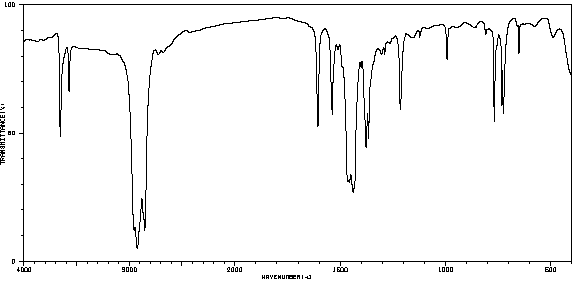代谢
PCP或其钠盐的主要代谢过程降解如下:(a)甲基化生成PCP的甲基醚,五氯茴香醚;(b)羟基的酰化反应生成五氯苯酚醋酸酯;(c)脱氯生成四氯酚;以及(d)羟基化生成四氯二羟基苯。这些初始步骤产生的代谢物会进一步转化... 因此,可能会产生许多物质,它们的积累程度各不相同;限速步骤是环裂解,形成如四氯丁二酸等氯代脂肪族化合物。进一步的脱氯可能会导致脂肪族化合物的进一步转化,形成低分子物质,如乙酸或琥珀酸,然后它们进入三羧酸循环。
The major metabolic processes degrading PCP or its sodium salt are as follows: (a)methylation to yield the methylether of PCP, pentachloroanisole; (b)acylation of the hydroxyl group resulting in pentachlorophenol acetate; (c)dechlorination to tetrachlorophenols; and(d)hydroxylation to tetrachlorodihydroxybenzenes. The metabolites originating from these initial steps are subject to further transformations... Thus, a number of substances may arise, which accumulate to different extents; the limiting step is the ring fission to chlorinated aliphatic compounds such as tetrachloromuconic acid. Further dechlorination may result in further transformations of the aliphatic compounds to form low molecular substances such as acetic acid or succinate, which then enter the tricarboxylic acid cycle.
来源:Hazardous Substances Data Bank (HSDB)







